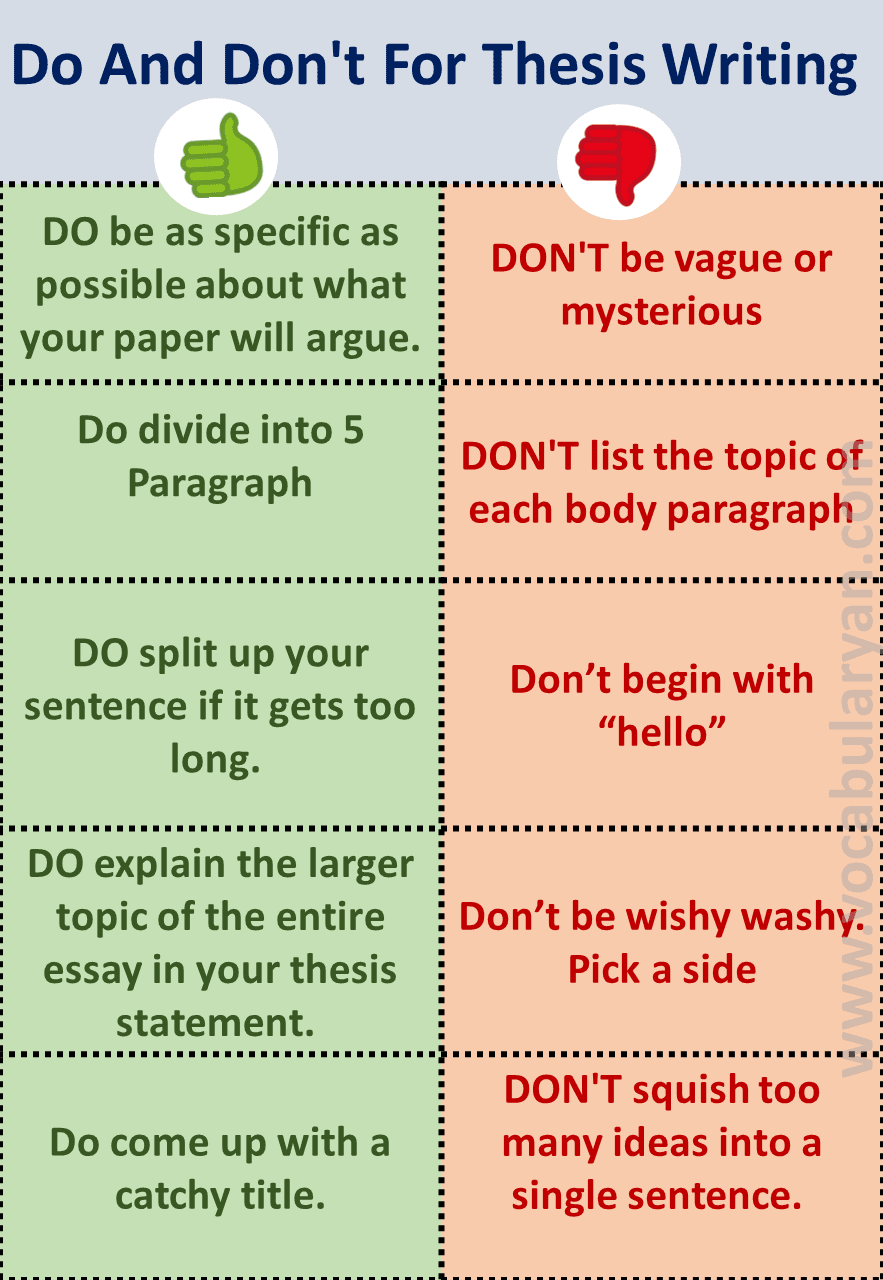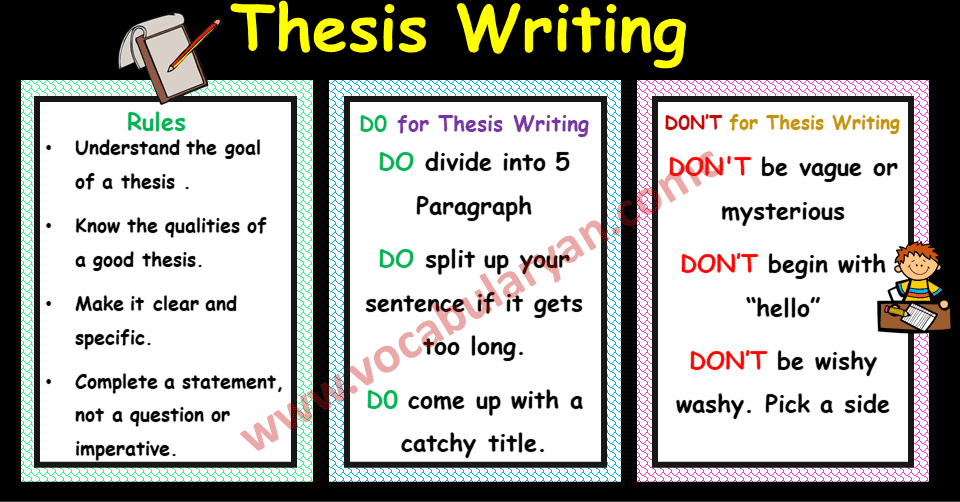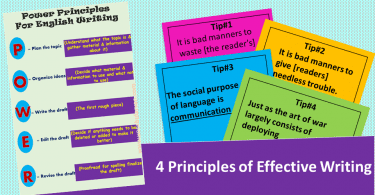Writing a thesis can feel overwhelming, but it’s an important skill for university students. It’s all about doing research, organizing your ideas, and presenting your findings clearly. Knowing how to structure your thesis helps you stay on track. In this guide, we’ll break down the main parts of a thesis like the abstract, introduction, methodology, and conclusion. With simple steps and examples, you’ll feel more confident in writing your thesis. Learning this process will not only boost your grades but also help you with future research projects.
Title Page
What to include:
- Thesis title
- Student’s name
- Department or university name
- Supervisor’s name
- Submission date
Example:
Title: Effects of Social Media on Study Habits
Name: Areeba Khan
University: XYZ University
Supervisor: Dr. Noman
Date: May 2025
Abstract
What it is:
A short summary of your research. Usually 150–250 words.
Example:
This research studies how social media affects students’ focus during study time. A survey showed most students lose concentration due to social media use. Solutions like time limits and digital breaks are discussed.
Introduction
What it includes:
- Background of the topic
- Importance of the topic
- Research question or purpose
Example:
Social media is widely used by students. This thesis explores how it affects study habits and academic results. The goal is to find out if it helps or harms learning.
Literature Review
What it is:
A summary of previous studies related to your topic.
Example:
Past studies say social media can be a distraction. Some also show it helps in group learning. This review compares different views to support the research.
Research Methodology
What to include:
- How data was collected (survey, interview, etc.)
- Who participated
- Tools or techniques used
Example:
A survey was given to 100 university students. Questions were about time spent on social media and study hours. Data was shown in charts.
Results / Findings
What it shows:
The outcomes of your research with facts and figures.
Example:
60% of students said social media reduces their focus. 25% said it helps them study in groups. Graphs show the full results.
Discussion
What it means:
Your explanation of the results. What they prove and how they compare to other studies.
Example:
The results support earlier studies that say social media harms focus. However, a few students found it useful for sharing notes. So, the effect depends on how it is used.
Conclusion
What to write:
- Summary of the research
- Suggestions or solutions
- Any limitations of the study
Example:
Social media can affect study habits both positively and negatively. Students should set time limits to stay focused. This research was limited to one university.
References
What it is:
A list of all books, articles, or websites used in your thesis. Use a proper format (APA, MLA, etc.)
Example:
- Ahmed, S. (2021). Social Media and Education.
- Khan, A. (2022). Digital Distractions in Learning.

You May Also Like





Leave a Comment